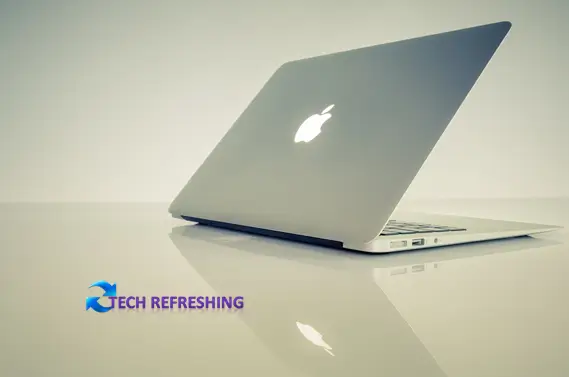CUPERTINO, CA – Apple’s highly-anticipated “Scary Fast” showcase event has concluded, leaving tech enthusiasts in awe of the cutting-edge technology unveiled by the Cupertino tech giant. During this event, Apple pulled the curtain back on a range of brand-new Macs, each of them boasting the latest iteration of the company’s proprietary chip, the M3. Here’s a comprehensive roundup of the major announcements made at the event:
The M3 Chip Family Takes Center Stage
As anticipated, Apple’s new lineup of M3 chips dominated the spotlight at this month’s event. The lineup includes the M3, M3 Pro, and M3 Max chips, which Apple proudly boasts are the “first personal computer chips” crafted using the more efficient 3-nanometer process. These chips promise not only a “faster and more efficient CPU” but also a newly updated GPU that supports advanced features such as ray tracing, mesh shading, and Dynamic Caching—a feature designed to optimize memory usage during tasks.
The M3 chips offer an impressive 128GB of unified memory, with the most powerful among them, the M3 Max, featuring up to a mind-boggling 92 billion transistors, a 40-core GPU, and a 16-core CPU.
M3-Powered 24-inch iMac: A Game Changer
Apple’s 24-inch iMac is set to receive a formidable M3-powered upgrade, claiming to deliver a whopping two times faster performance than its M1-equipped predecessor. The refreshed iMac features a stunning 4.5K Retina display that supports over 1 billion colors, Wi-Fi 6E, and a high-quality 1080p webcam. With up to 24GB of unified memory, this iMac is also a feast for the eyes with seven color options: green, yellow, orange, pink, purple, blue, and silver. Color-matched accessories are available as well, though they still feature Lightning connectors.
The 24-inch iMac is available for pre-order today, starting at $1,299 with an eight-core CPU or $1,499 with a 10-core chip, and will be officially released on November 7th.
14- and 16-inch MacBook Pros: Powerhouses with M3 Muscle
The iMac isn’t the only device getting an M3-powered upgrade. Apple has also unveiled a new duo of MacBook Pro models, measuring 14 and 16 inches, that come with either the M3 Pro chip or the top-tier M3 Max. These laptops feature a dazzling Mini LED display, a high-quality 1080p camera, a six-speaker sound system, a jaw-dropping 22 hours of battery life, and a memory capacity of up to 128GB. They’re available in a space black finish with a fingerprint-resistant coating or the classic silver option.
The 14-inch MacBook Pro with an M3 Pro chip starts at $1,999, while the 16-inch M3 Pro model starts at $2,499. Both models are open for pre-orders today and will officially hit the market on November 7th.
A More Affordable Entry-Level MacBook Pro
Alongside the M3 Pro and M3 Max-equipped MacBook Pro models, Apple is also introducing a budget-friendly 14-inch MacBook Pro featuring the base M3 chip. Priced at $1,599, this device replaces the 13-inch MacBook Pro with an M2 chip that Apple released last year, promising up to 60 percent faster performance. However, this model ditches the Touch Bar, going back to traditional physical keys. Keep in mind that this entry-level version offers a modest 8GB of RAM and comes in silver and space gray variations; black is exclusive to the higher-end MacBook Pros.
The entry-level MacBook Pro is open for pre-orders today and will officially launch on November.
Apple’s “Scary Fast” showcase has left the tech world buzzing with excitement, and these new M3-powered Macs promise to redefine the future of personal computing. Stay tuned for more in-depth reviews and hands-on experiences with these cutting-edge devices in the coming weeks.


